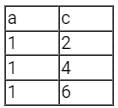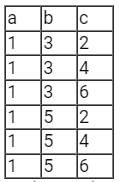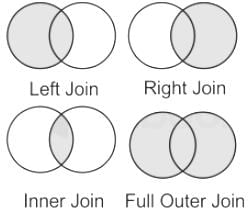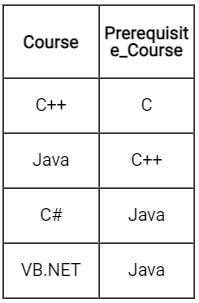Test: Joins in Relational Algebra - Computer Science Engineering (CSE) MCQ
10 Questions MCQ Test - Test: Joins in Relational Algebra
Let the following functional dependencies hold for relation R1(A, B, C) and R2(B, D, E)
B → A, A → C, the relation R1 contains 35 tuples and relation R2 contains 34 tuples. What is maximum number of tuples possible in natural join R1 and R2?
In relational databases, the natural join of two tables is:
Consider Join of a relation R with a relation S. If R has m tuples and S has n tuples, then maximum and minimum sizes of the Join respectively are
______ operation preserves those tuples that would be lost in____
Consider the relations r(A, B) and s(B, C), where s.B is a primary key and r.B is a foreign key referencing s.B. Consider the query

Let LOJ denote the natural left outer-join operation. Assume that r and s contain no null values.
Which one of the following queries is NOT equivalent to Q?
Consider two database relations R and S having 3 tuples in R and 2 tuples in S. what is the maximum number of tuples that could appear in the natural join of R and S?
Which of the following Relational Algebra operations can be used when you want to keep all the tuples of the first relation irrespective of whether or not they have matching tuples in the second relation?
The following relation records the age of 500 employees of a company, where empNo (Indicating the employee number) is the key:
empAge(empNo, age)
Consider the following relational algebra expression:

Q. What does the above expression generate?
Consider two relations R1(A, B) with the tuples (1, 5), (3, 7) and R2(A, C) = (1, 7), (4, 9). Assume that R(A, B, C) is the full natural outer join of R1 and R2. Consider the following tuples of the form (A, B, C): a = (1, 5, null), b = (1, null, 7), c = (3, null, 9), d = (4, 7, null), e = (1, 5, 7), f = (3, 7, null), g = (4, null, 9). Which one of the following statements is correct?


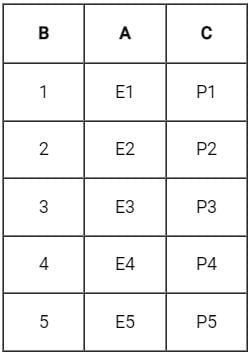






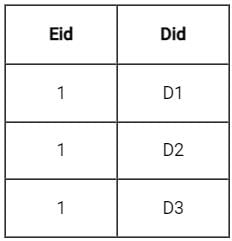
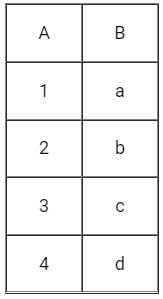
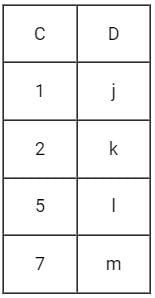
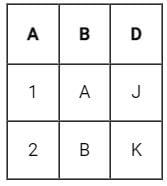
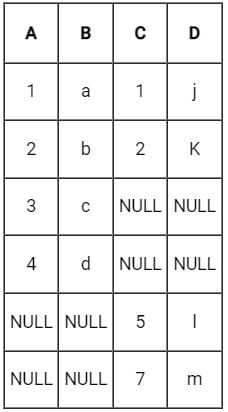
 will include record with b> = 5 but other three queries will not.
will include record with b> = 5 but other three queries will not.
